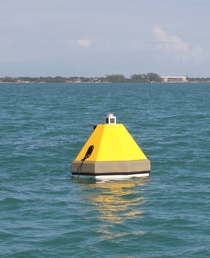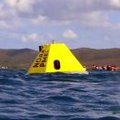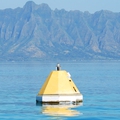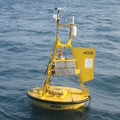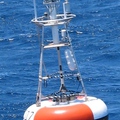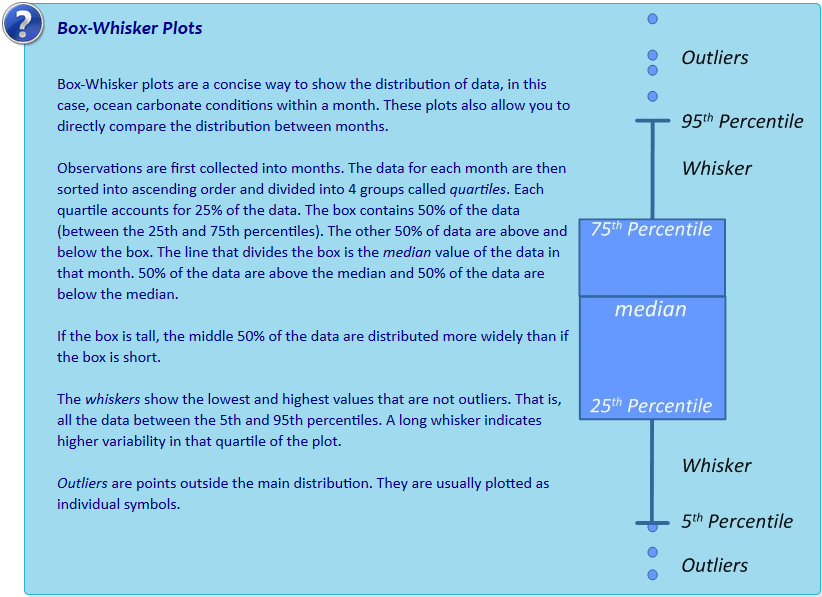Cheeca Rocks
Cheeca Rocks Mooring (24.90°N, 80.62°W)
Cheeca Rocks is an inshore patch reef within the Florida Keys National Marine Sanctuary (FKNMS) off of Islamorada, Florida. The inshore patch reefs of the upper Florida Keys are of particular interest to resource managers given that they have maintained comparably high living coral cover relative to those reefs farther offshore. Scientists have been actively studying why these inshore patch reefs have been more resilient to the multiple stressors that have negatively impacted coral reefs across the Caribbean Sea over the past three decades, including coral disease, coral bleaching, and overfishing. A MAPCO2TM system was deployed at Cheeca Rocks in the Florida Keys in December 2011. This is the second study site of the Atlantic Ocean Acidification Test-Bed (AOAT) that monitors ocean acidification in sensitive coral reef environments through a joint effort between PMEL, AOML, the University of Miami’s Cooperative Institute for Marine and Atmospheric Studies (CIMAS), and NOAA's Coral Health and Monitoring Program. The AOAT provides high-resolution characterization of the carbonate chemistry that will be utilized to achieve the climate and ecosystem monitoring requirements of the National Coral Reef Monitoring Plan of NOAA’s Coral Reef Conservation Program, which supports this project along with NOAA's Ocean Acidification Program.
On December 7, 2011, a surface seawater pH sensor was added to the Cheeca Rocks mooring. By measuring pH in addition to pCO2, we are able to more accurately and precisely study the changes associated with ocean acidification. All seawater pH observations are shown in the second figure below.
Data availability: archived at NCEI.
Plots of surface water and atmospheric CO2 and surface water pH (click+drag to zoom):
Monthly climatology of surface seawater aragonite saturation state (Ω) and pH:
Interactive box plots below are observations binned by month as described in Sutton et al., 2016. Pie charts represent % of observations within each month that fall below the adjustable line. This adjustable line is meant to provide a tool for assessing potential biological thresholds. For example, setting the line to Ωaragonite of ~2.0 would assess monthly exposure of Pacific oyster larvae to sub-lethal chronic effects in regions where these larvae occur naturally or in hatcheries (see studies here and here).

